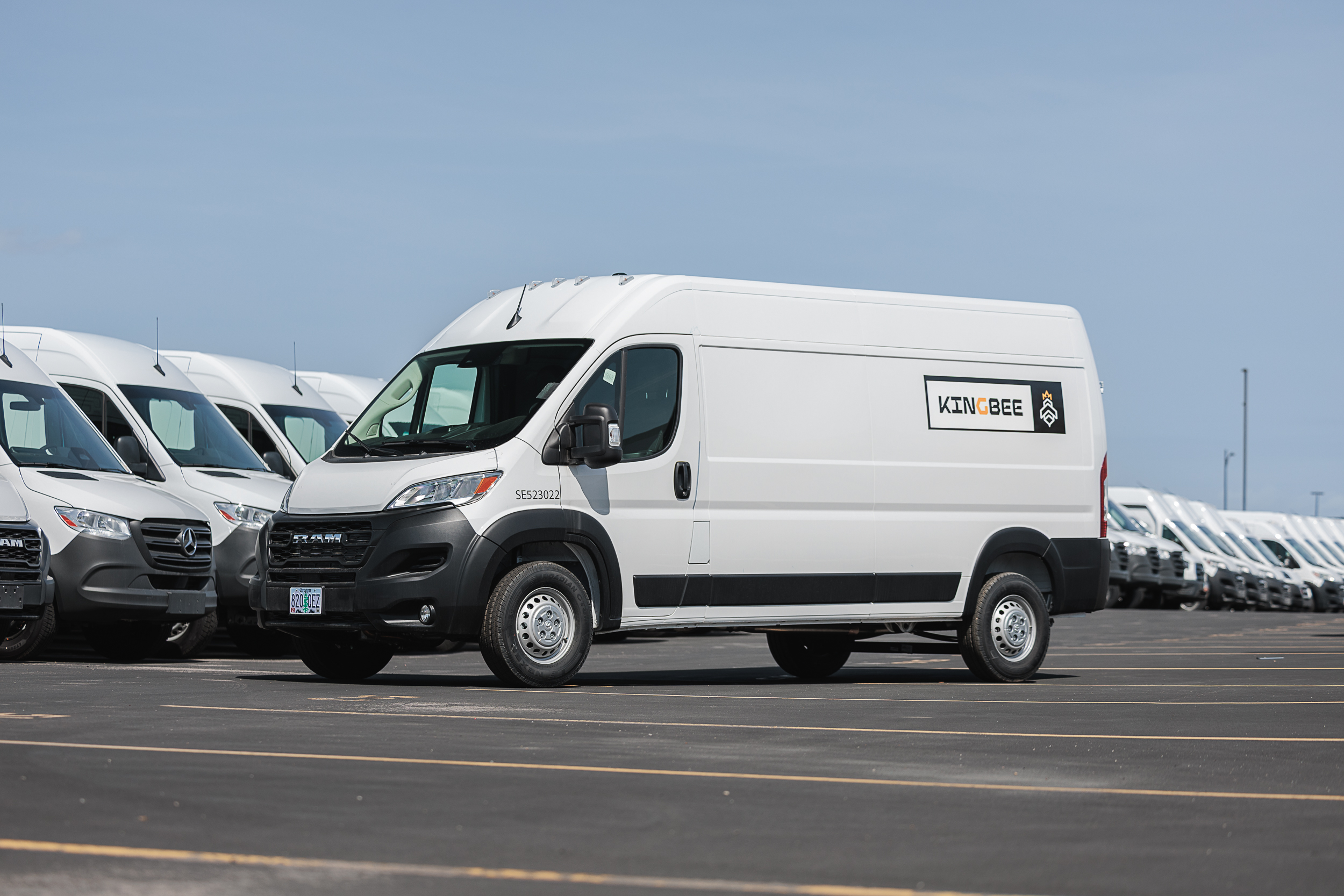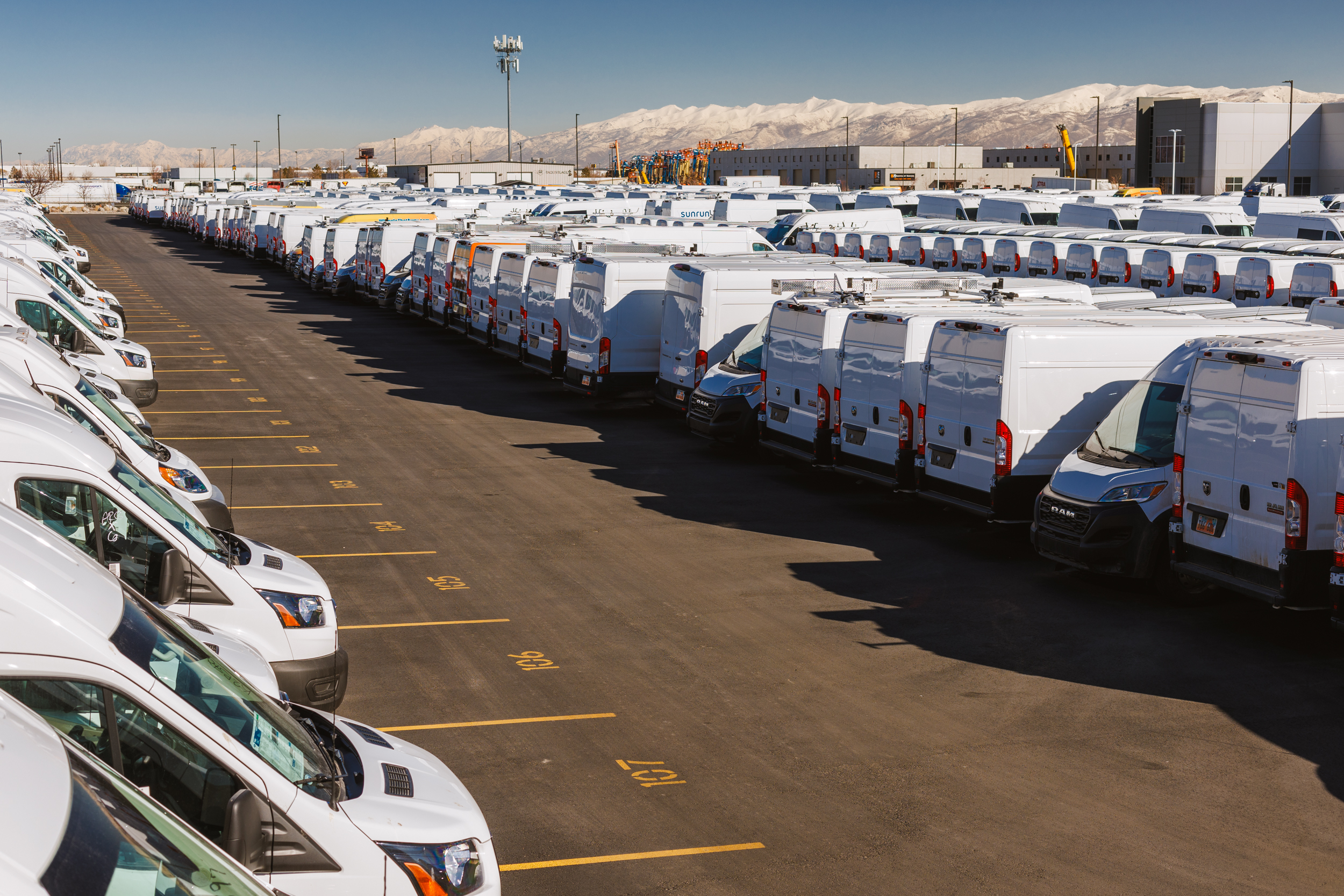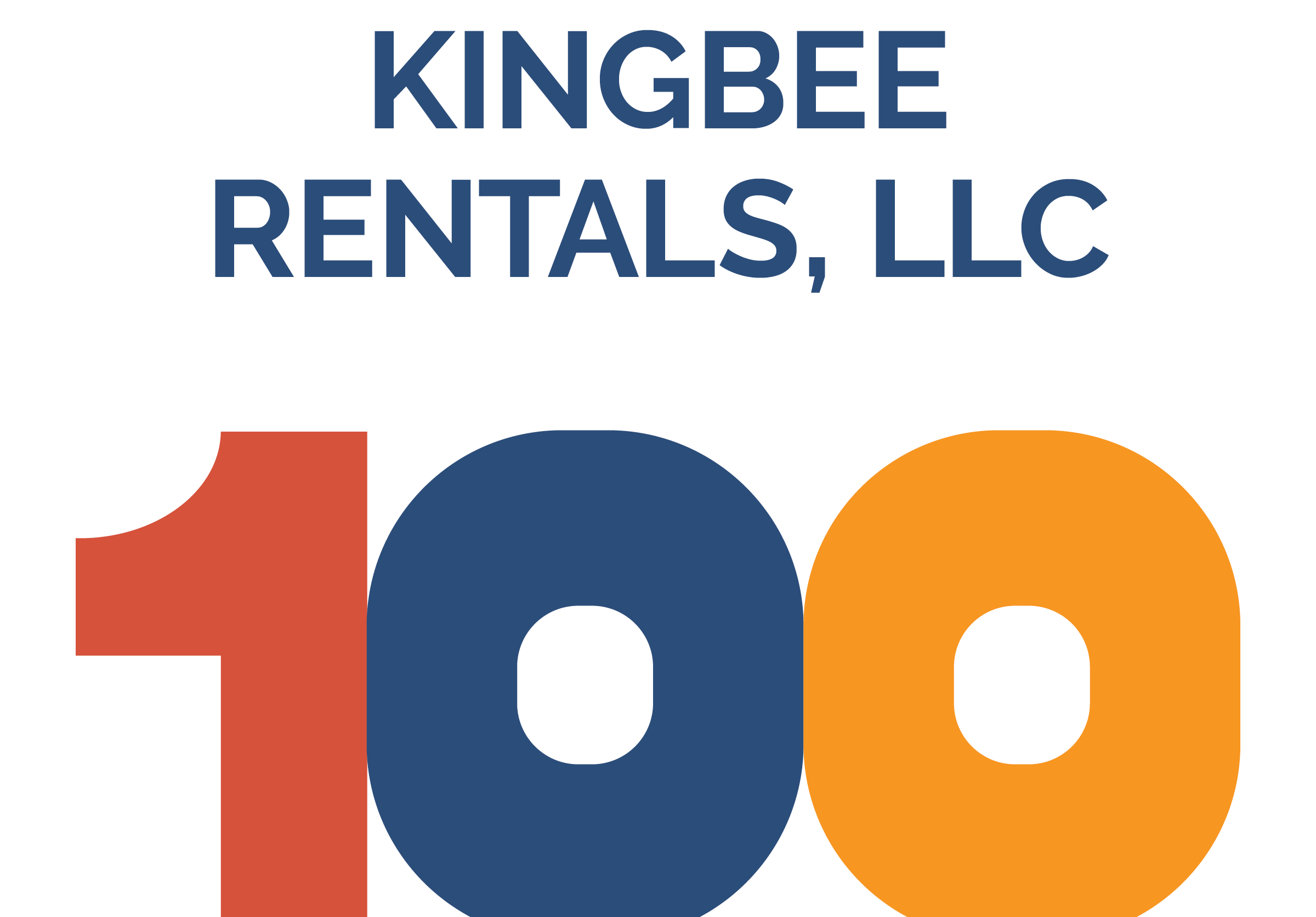In an online message to union members, UAW president Shawn Fain said, “When we return to the bargaining table in 2028, it won’t just be with the Big Three but with the Big Five or the Big Six.”
Much has been written about the last six weeks of the historic strike against Ford, GM, and Stellantis. But in the final days of October, the United Auto Workers and the Big 3 reached an agreement: 25% increase in pay over four years, and a restoration of cost-of-living increases that were suspended in 2009, totalling to increases over 30%.
Other concessions include:
- An increase in 401(k) contributions to about 9.5%.
- A shortened time frame for workers to reach top-scale pay (3 years instead of 8)
- Union representation at Ford and GM’s future battery plants
If fleet managers haven’t been furiously scribbling in their gratitude journals, they should be. This strike could have been a lot worse. Only one-third of the union’s 146,000 members were actually striking, and in six weeks they still cost Ford $1.3 billion and GM about $800 million. Imagine if the entire union went on strike, or if they picketed until the end of the year.
What Does This Mean for Fleets?
Ford forecasts an increase in labor costs by roughly $850 to $900 per vehicle produced. It’s unclear whether or not those price increases will apply to large orders of commercial fleet vehicles, but fleets should brace themselves anyway. If we learned anything from post-COVID car buying, it’s that auto manufacturers will find any excuse to raise prices, and then leave them raised for the foreseeable future.
New data from JD Powers suggests that even six weeks of striking have impacted dealerships for the next 24 months, forcing inventory to new lows and driving wholesale prices higher. With over 420,000 fewer vehicles being produced over the next year, fleets striving to maintain profitability will need to get creative in how they cycle aging units and keep vehicles on the road.
How Kingbee Solves the Supply Chain
The supply chain is like a cargo van. If it runs, you don’t give it much thought. But when it breaks down, you sure as hell know the difference. The automotive industry has long relied on just-in-time supply chains to minimize inventory costs. In the idyllic world of just-in-time supply chains, manufacturers receive materials and retailers get their products just when they are needed—no sooner and no later. However, a wide range of ever-changing risk factors—from a global pandemic to a union strike to the influence of a 12-year-old’s viral TikTok—can undermine the efforts of a just-in-time strategy.
Transitioning to a just-in-case supply chain approach for fleet planning could make fleets more resilient. By using rental vans as inventory buffers and sourcing from regional suppliers, fleets can avoid production halts if a vehicle is delayed or downed. Kingbee helps fleets adapt their inventory based on real-time demand signals instead of relying on long-term forecasts. While inventory carrying costs will be higher, the total spend will decrease by eliminating stoppages and lost sales.
Ultimately, the right blend of just-in-time and just-in-case supply chains are required for a balanced, efficient, and resilient fleet. Kingbee helps expand revenue and meet new demand by reducing cycle times and improving vehicle utilization.
Kingbee Keeps Fleets Rolling
The most effective fleets are able to adapt when uncertainties arise. When dealerships have delays or cancellations, or when cashflow is tight, flexible rentals keep everything running smoothly. Kingbee vans come:
- new and maintenance-free
- upfitted and wrapped
- immediately available
Van rentals not only eliminate the potential cost of down vehicles, they increase your opportunity to generate revenue by taking on more projects. When deciding how to source new vehicles, a fleet manager may ask themselves if they should hang onto their aging vehicles while they wait for the dealership to deliver their order, or if they should rent new upfitted vans and put them to work immediately.
In an online message to union members, UAW president Shawn Fain said, “When we return to the bargaining table in 2028, it won’t just be with the Big Three but with the Big Five or the Big Six.”
Much has been written about the last six weeks of the historic strike against Ford, GM, and Stellantis. But in the final days of October, the United Auto Workers and the Big 3 reached an agreement: 25% increase in pay over four years, and a restoration of cost-of-living increases that were suspended in 2009, totalling to increases over 30%.
Other concessions include:
- An increase in 401(k) contributions to about 9.5%.
- A shortened time frame for workers to reach top-scale pay (3 years instead of 8)
- Union representation at Ford and GM’s future battery plants
If fleet managers haven’t been furiously scribbling in their gratitude journals, they should be. This strike could have been a lot worse. Only one-third of the union’s 146,000 members were actually striking, and in six weeks they still cost Ford $1.3 billion and GM about $800 million. Imagine if the entire union went on strike, or if they picketed until the end of the year.

What Does This Mean for Fleets?
Ford forecasts an increase in labor costs by roughly $850 to $900 per vehicle produced. It’s unclear whether or not those price increases will apply to large orders of commercial fleet vehicles, but fleets should brace themselves anyway. If we learned anything from post-COVID car buying, it’s that auto manufacturers will find any excuse to raise prices, and then leave them raised for the foreseeable future.
New data from JD Powers suggests that even six weeks of striking have impacted dealerships for the next 24 months, forcing inventory to new lows and driving wholesale prices higher. With over 420,000 fewer vehicles being produced over the next year, fleets striving to maintain profitability will need to get creative in how they cycle aging units and keep vehicles on the road.
How Kingbee Solves the Supply Chain
The supply chain is like a cargo van. If it runs, you don’t give it much thought. But when it breaks down, you sure as hell know the difference. The automotive industry has long relied on just-in-time supply chains to minimize inventory costs. In the idyllic world of just-in-time supply chains, manufacturers receive materials and retailers get their products just when they are needed—no sooner and no later. However, a wide range of ever-changing risk factors—from a global pandemic to a union strike to the influence of a 12-year-old’s viral TikTok—can undermine the efforts of a just-in-time strategy.
Transitioning to a just-in-case supply chain approach for fleet planning could make fleets more resilient. By using rental vans as inventory buffers and sourcing from regional suppliers, fleets can avoid production halts if a vehicle is delayed or downed. Kingbee helps fleets adapt their inventory based on real-time demand signals instead of relying on long-term forecasts. While inventory carrying costs will be higher, the total spend will decrease by eliminating stoppages and lost sales.
Ultimately, the right blend of just-in-time and just-in-case supply chains are required for a balanced, efficient, and resilient fleet. Kingbee helps expand revenue and meet new demand by reducing cycle times and improving vehicle utilization.
Kingbee Keeps Fleets Rolling
The most effective fleets are able to adapt when uncertainties arise. When dealerships have delays or cancellations, or when cashflow is tight, flexible rentals keep everything running smoothly. Kingbee vans come:
- new and maintenance-free
- upfitted and wrapped
- immediately available
Van rentals not only eliminate the potential cost of down vehicles, they increase your opportunity to generate revenue by taking on more projects. When deciding how to source new vehicles, a fleet manager may ask themselves if they should hang onto their aging vehicles while they wait for the dealership to deliver their order, or if they should rent new upfitted vans and put them to work immediately.
Kingbee compliments your current funding strategy and offers a third avenue for funding vehicles, alongside leasing and purchasing. In 3-4 weeks, you could have new vans that are wrapped with your company’s branding and upfitted with shelves and racks. Call today to see how we can help you meet your fleet goals.


